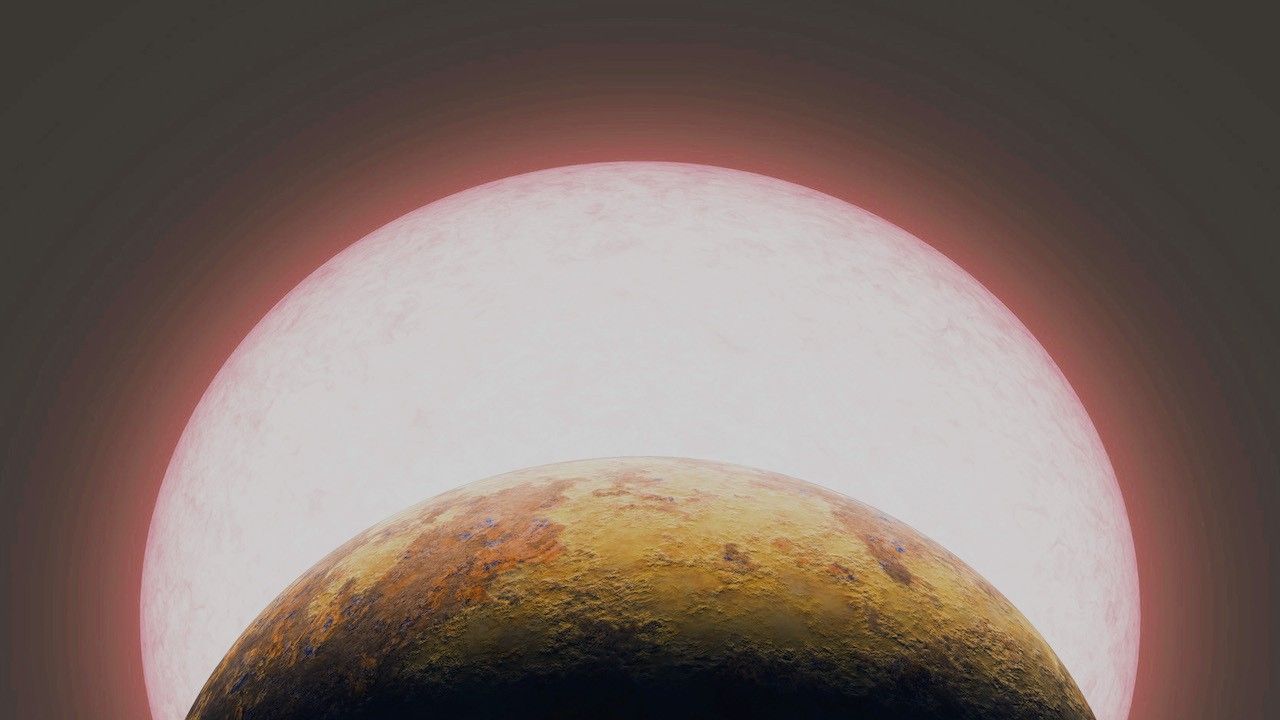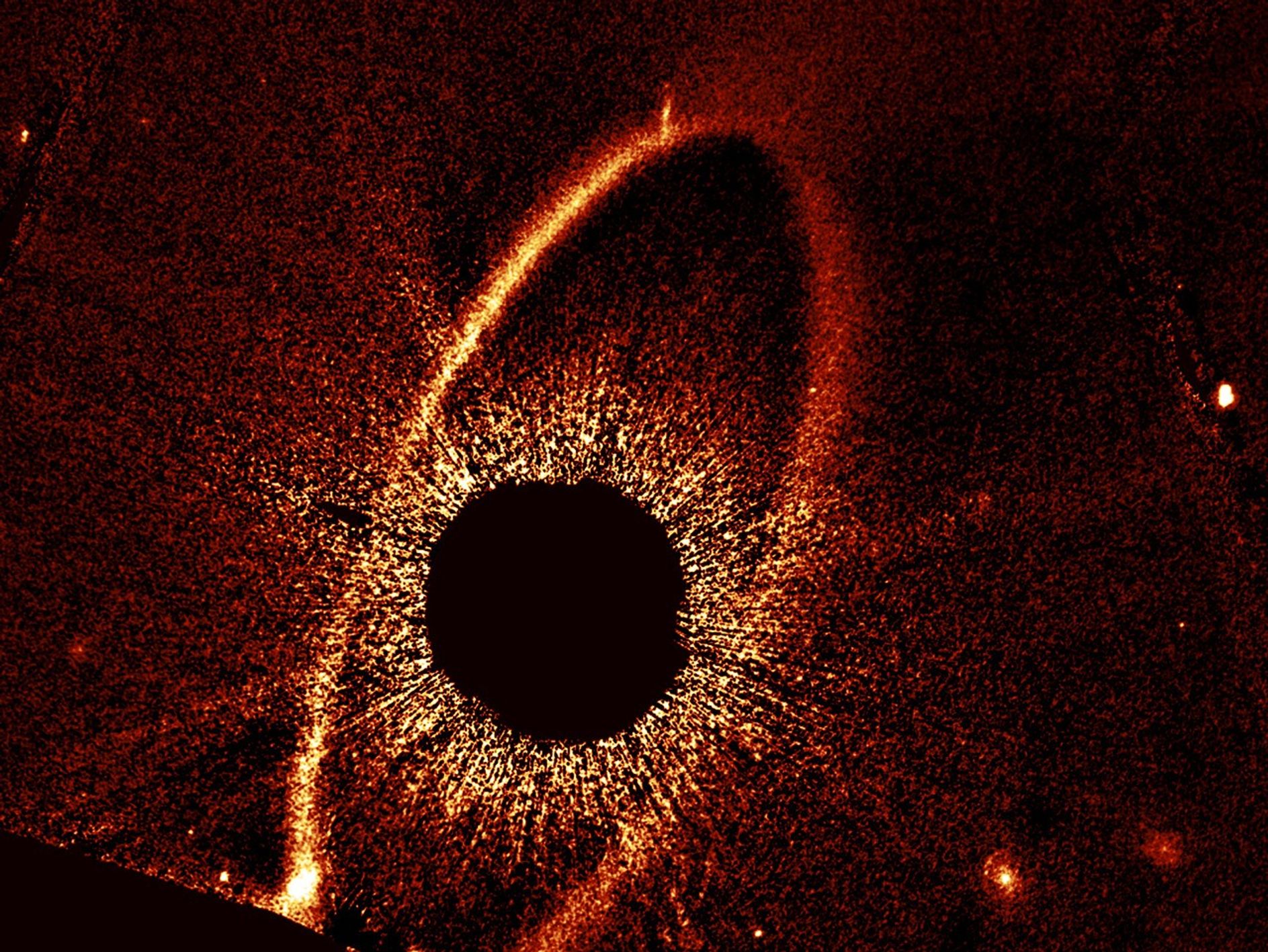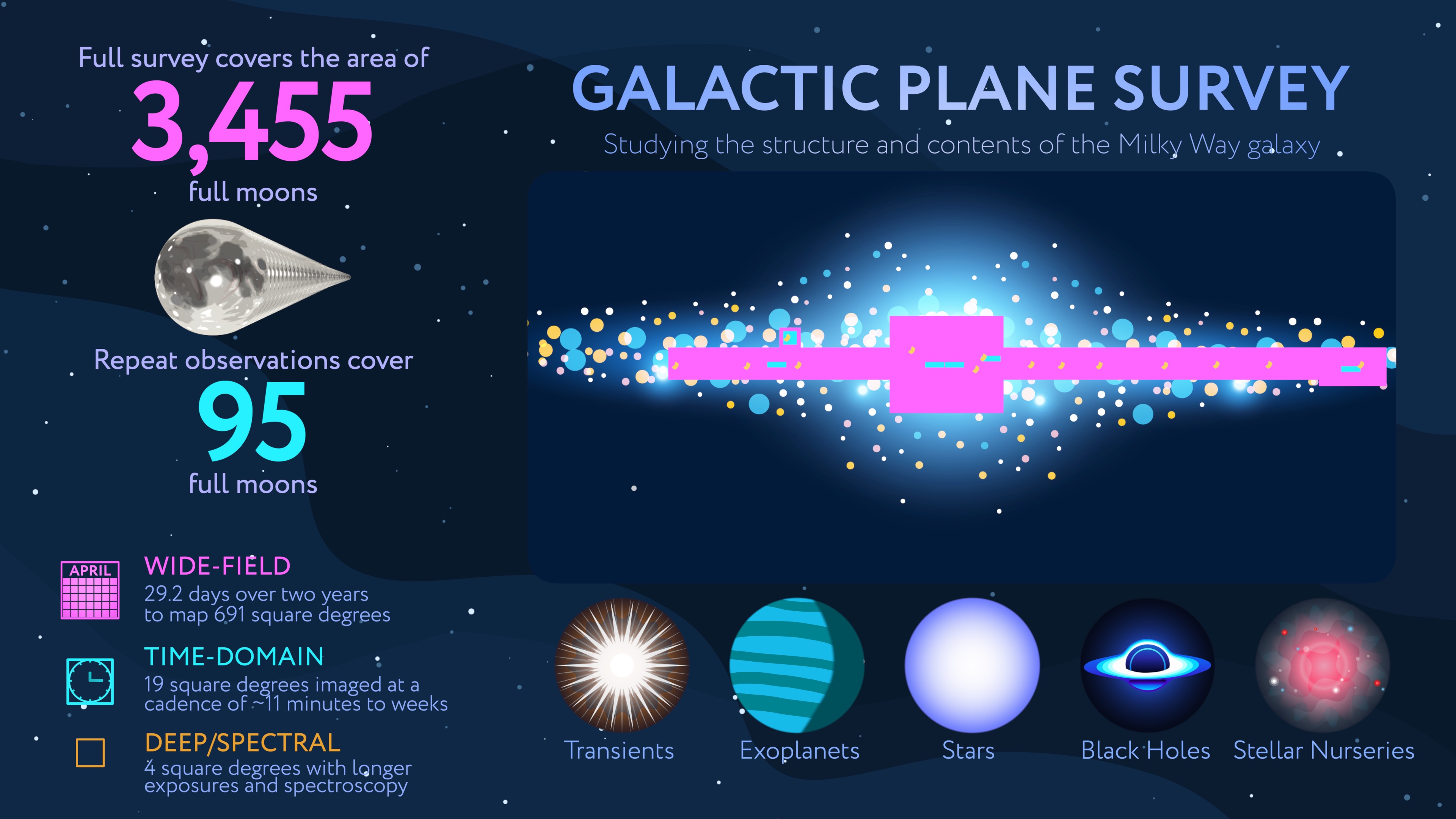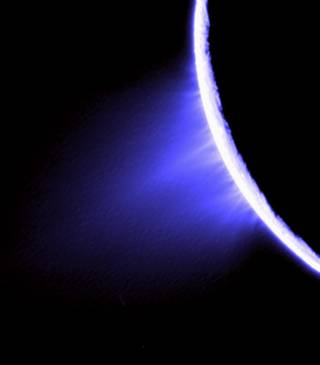The discovery: New data shows that TOI-1075 b is one of the most massive super-Earths discovered so far.
Key facts: The planet, nearly 10 times Earth’s mass, orbits a small, red-orange star about 200 light-years away. Its year, once around the star, takes only 14 ½ hours. This “ultra-short” orbit makes the planet extremely hot, with an estimated temperature of 1,922 degrees Fahrenheit (1,050 Celsius).
Details: Planets in the super-Earth category – up to twice as large as Earth – are shrouded in mystery, because we have nothing like them in our own solar system. Yet they are among the most common in the galaxy. They appear to be rocky planets, like Earth, and some lie within the habitable zones of their stars, a distance that could allow liquid water to form on the surface.
That clearly isn’t the case for TOI-1075 b. Its surface, in fact, could be molten lava. But studies of this bulky planet could yield new insight into the formation of rocky planets like our own. Based on patterns seen among the thousands of exoplanets – planets around other stars – confirmed in the galaxy so far, scientists create computer models of how various planet types form, what they are composed of, and what kinds of atmospheres they might possess. Super-Earths the size of TOI-1075 b, models suggest, normally would be expected to have a fairly thick atmosphere of hydrogen and helium. But this planet’s dense composition and scorchingly tight orbit make such an atmosphere unlikely. That makes TOI-1075 b a “keystone planet” – among only a few others so far with precise enough measurements of size and mass to help scientists fine-tune their models of planet formation. That, in turn, will help them predict just what kinds of atmospheres super-Earths and other planet types possess, or whether they have atmospheres at all.
Fun facts: Astronomers discovered the planet using the Transiting Exoplanet Survey Satellite (TESS), revealing its diameter; more recent, follow-up observations with ground-based instruments determined the planet’s mass. The discovery that TOI-1075 b is nearly 10 times more massive than Earth makes it a true Hulk. Stand on its higher-gravity surface and you, too, would experience significant weight gain. You’d be about three times your weight on Earth.
The discoverers: The discovery of TOI-1075 b’s hefty mass was announced by an international science team led by Zahra Essack of the Massachusetts Institute of Technology. The planet had been added previously to the NASA Exoplanet Archive.


































